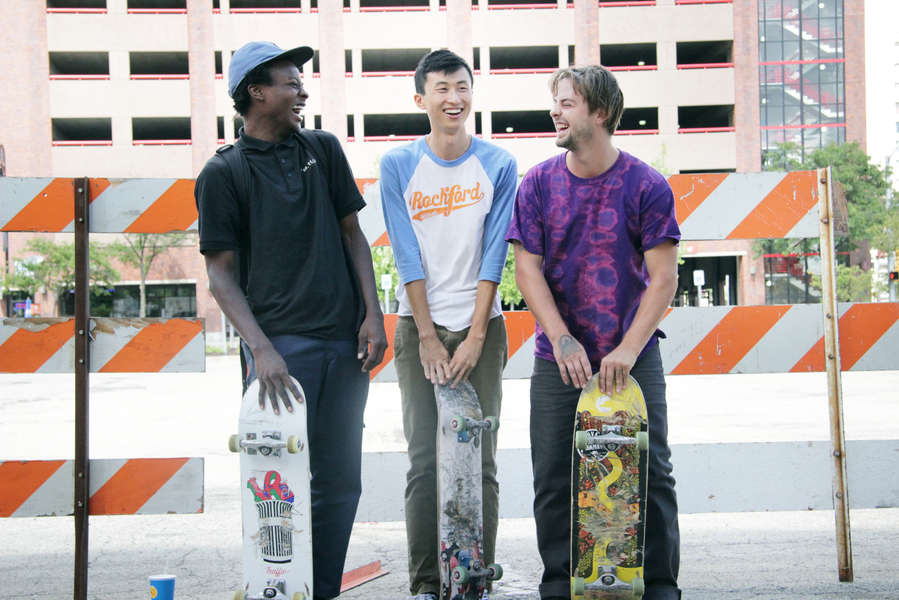How does Skateboard Learning Foster a Sense of Community and Social Bonds |
Posted: May 25, 2023 |
Skateboarding has developed into a strong subculture that encourages a feeling of community and social ties among its players. It is not only a sport or leisure activity. People from all racial, ethnic, and geographic origins come together in the skating community despite distance. Learning to skateboard in particular is really important for building these relationships and a strong feeling of community. In this essay, we'll examine the different ways that learning to skateboard fosters a strong sense of community and social connections. Creating Shared Spaces Skateboarding often takes place in specially designated skate parks or in open areas that act as community centers. These areas develop become hubs for skateboarding instruction, drawing skateboarders of all ages and abilities. Skateboarders naturally communicate and engage with one another in these shared areas. Skaters with greater expertise provide advice and assistance to novices while beginners seek out more seasoned skaters for help. The creation of social ties within the skating community is based on this information and comrade sharing. Collaborative Learning Learning to skateboard takes experimentation and constant development. It's a process that calls for tenacity, endurance, and a readiness to absorb new information. People congregate within the skateboarding community to exchange experiences and advance one another. Skateboarders share methods, tips, and tricks as part of collaborative learning. Whether learning a new grind or improving a kickflip, the community provides a welcoming setting where people may benefit from one another's accomplishments and mistakes. Events and Competitions The feeling of community and social ties within the skating world are further strengthened via skateboarding events and contests. The annual "Go Skate Day," which is observed on June 21, brings skateboarders from all around the world together. Skaters may use these occasions to show off their talents, meet others who share their interests, and make new friends. These meetings' overall enthusiasm and energy help attendees feel a feeling of community and togetherness. Online Communities The development of community and social ties within the skateboarding world depends heavily on online platforms. People may communicate with one another, share their experiences, and ask for guidance from a worldwide community of skateboarders through websites, forums, and social media platforms that are specifically devoted to the sport. These internet groups provide skaters a virtual platform where they can show off their development, talk about skating culture, and plan meet-ups. Through these venues, people may make connections and acquaintances beyond of their neighborhood skate parks. Promoting Inclusivity Learning to skateboard has the extraordinary capacity to unite individuals from all ages, genders, and backgrounds. Skateboarding breaks down social boundaries and gives people a place to engage on an equal basis. Skaters unite by their mutual love of the sport and their enthusiasm for it, creating an accepting atmosphere that fosters teamwork. Through shared experiences and support from one another, this inclusion promotes a feeling of community where everyone is welcome. Conclusion Learning to skateboard is more than simply being good at tricks and moves; it's a life-changing activity that fosters a strong feeling of camaraderie and social ties. Skateboarders build relationships that go well beyond their time on the board via shared places, cooperative learning, events and contests, online networks, and the promotion of inclusion. The skateboarding scene is an example of a thriving and encouraging network that encourages teamwork while celebrating personal development.
|
||||||||||||||||||||||||||||||||||||||||||
|
||||||||||||||||||||||||||||||||||||||||||








